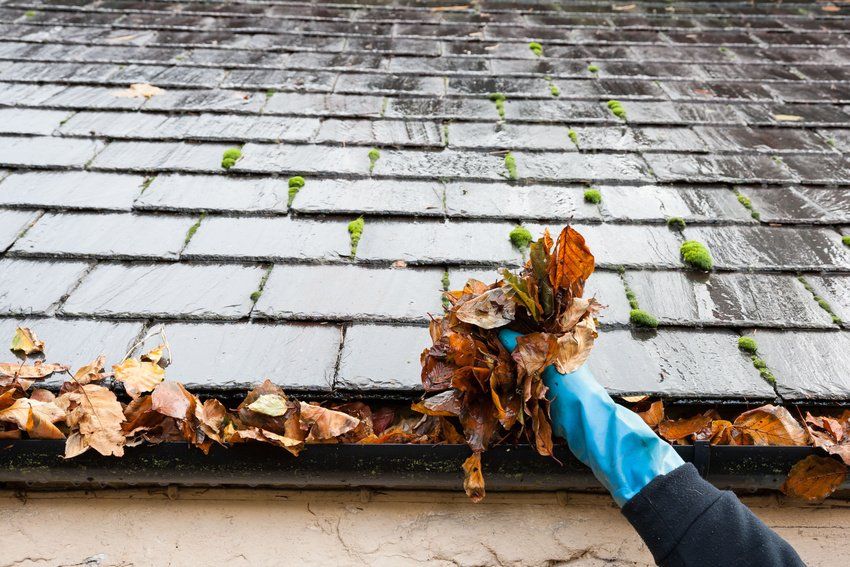5 Common Commercial Roofing Problems
March 13, 2020
Commercial roofing should last for at least 20 years, but some roofing problems are inevitable. After all, the roof is exposed to the rain, sun, and cold year-round. With that kind of constant impact, there are bound to be a few things that go wrong during the year.
The important thing is to recognize commercial roofing problems while they’re still small and to address them before they get bigger. It’s much easier for roofing contractors to solve a problem when it’s caught early on and it’ll be cheaper for you, too.
To help you recognize commercial roofing problems when they occur, the following are some of the most common problems commercial roofing companies are called to deal with throughout the year.
Lack of Maintenance
One of the most common problems commercial roofing contractors encounter is a sheer lack of roof maintenance. Too many building owners and managers only call a roofing contractor if something catastrophic happens, like if a tree were to fall on the building. Major events like these don’t occur that often, though, so their roof can go years without anyone even looking at it.
This is a bigger problem than it may first appear. For example, commercial roofing often involves a PVC membrane that has to be tested and recoated now and then. If no one thinks to have the roof examined and the membrane tested, it could go too long without being recoated. If that happens, more serious, long-term damage could be done to the roof once the membrane that protects it wears out.
Don’t let a sheer lack of attention result in expensive damages down the road. Contact your commercial roofing service to have them inspect your roof if it’s been a while.
Poor Installation
While roofing problems are often the result of owner neglect, in other cases they’re the result of unskilled laborers that built the roof in the first place. Every commercial roofing
project should begin with a professional service doing a proper installation. A roof that isn’t installed properly dramatically increases the likelihood that problems will persist later on. Yet all too often, people having construction done will try to cut costs by hiring a contractor and crew that may not know what they’re doing. Hiring a roofing contractor that knows what they’re doing and does things right the first time will not only reduce the problems that develop in the future but will also result in a longer lifespan for your roof.
Standing Water
Commercial roofs are usually flat, which makes it easy for debris and water to collect on it. With proper construction and regular maintenance, this shouldn’t be a problem. However, as we’ve seen, corners are cut with construction and maintenance all too often. As a result, standing water on commercial roofs is quite common. Leaves blow onto roofs, building up barricades to keep water on the roof and clogging drains so the water can’t run off. In other cases, birds will build nests on roofs and clog drains in the process.
When poor design or construction is involved, standing water becomes even more likely. Some roofs are built without the appropriate pitch or angle necessary for effective water runoff. Others are insufficiently supported so small dips form in the roof’s surface. When this happens, standing water can cause serious deterioration to an entire roof and even damage the structure underneath it.
Once again, regular inspection and maintenance are key. It isn’t difficult to climb up onto the roof and make sure there isn’t any standing water or debris collecting. If water won’t drain despite being free of debris, call a roofing contractor to conduct a more thorough inspection.
Damaged Flashing and Pitch Pans
Once again, water plays a critical role in roof damage through damaged flashing and pitch pans. On a sturdy, properly-constructed roof, pitch pans and flashing are responsible for deflecting water away from seams and joints in the roof. Without them, joints and seams become easy targets for water damage, which can seep through surfaces where parts of the roof have been joined together. You can find flashing and pitch pans on corners, walls, and curbs and wrapped around objects that protrude from the roof, such as pipes and chimneys.
Many roof leaks are caused by the flashing being incorrectly installed. Flashing can become damaged as it expands and contracts, as all metal does in fluctuating environmental conditions. When metal expands and contracts significantly, it can form holes or tears through which water can leak. Finally, when flashing is terminated improperly, water can seep in underneath the roof.
As with other items on this list, the simplest solutions for problems involving flashing and pitch pans are to inspect your roof regularly and always hire skilled professionals to do your roofing work.
Punctures
For single-ply roof systems, which are used on many commercial buildings, punctures can be a significant problem. Punctures in the roof membrane are most often caused by foot traffic from people walking on the roof. Water is then able to leak in through these punctures. For this reason, only professional roofing contractors should be allowed onto the roof. The only exception would be when a manager or trusted employee checks the roof for damage or debris buildup.
While some roof damage is inevitable simply from being out in the elements, much of it can be avoided. Keep these ideas in mind to keep your roof in good repair.

